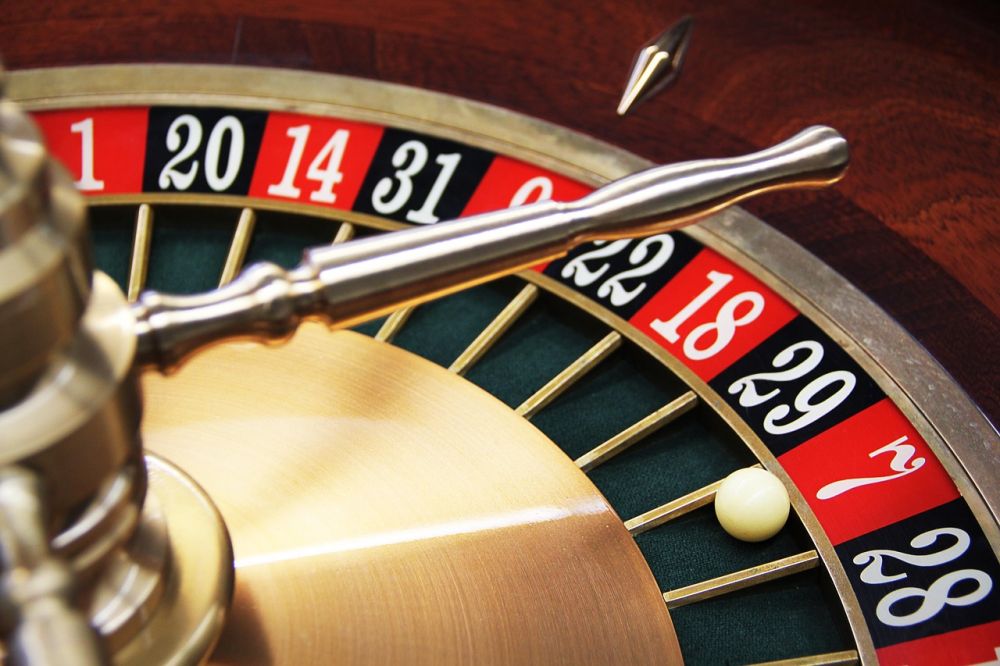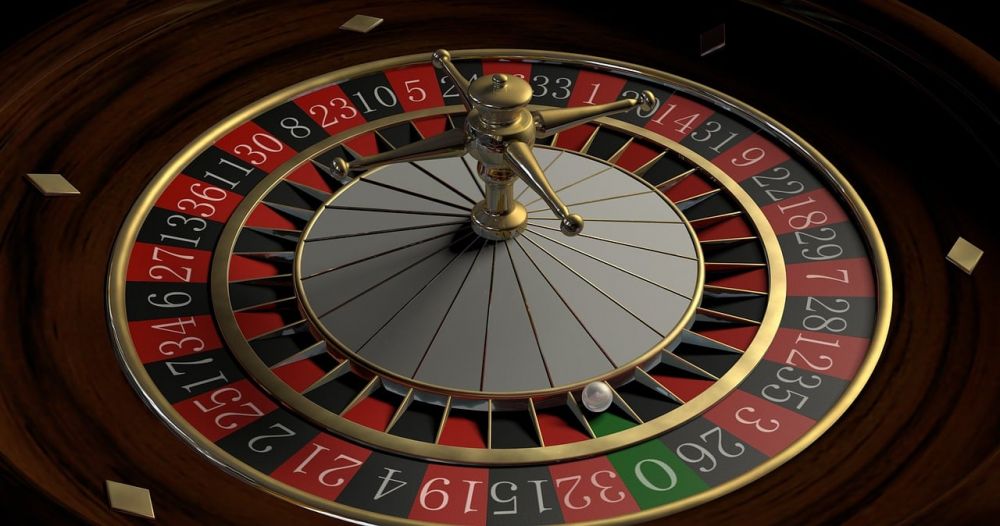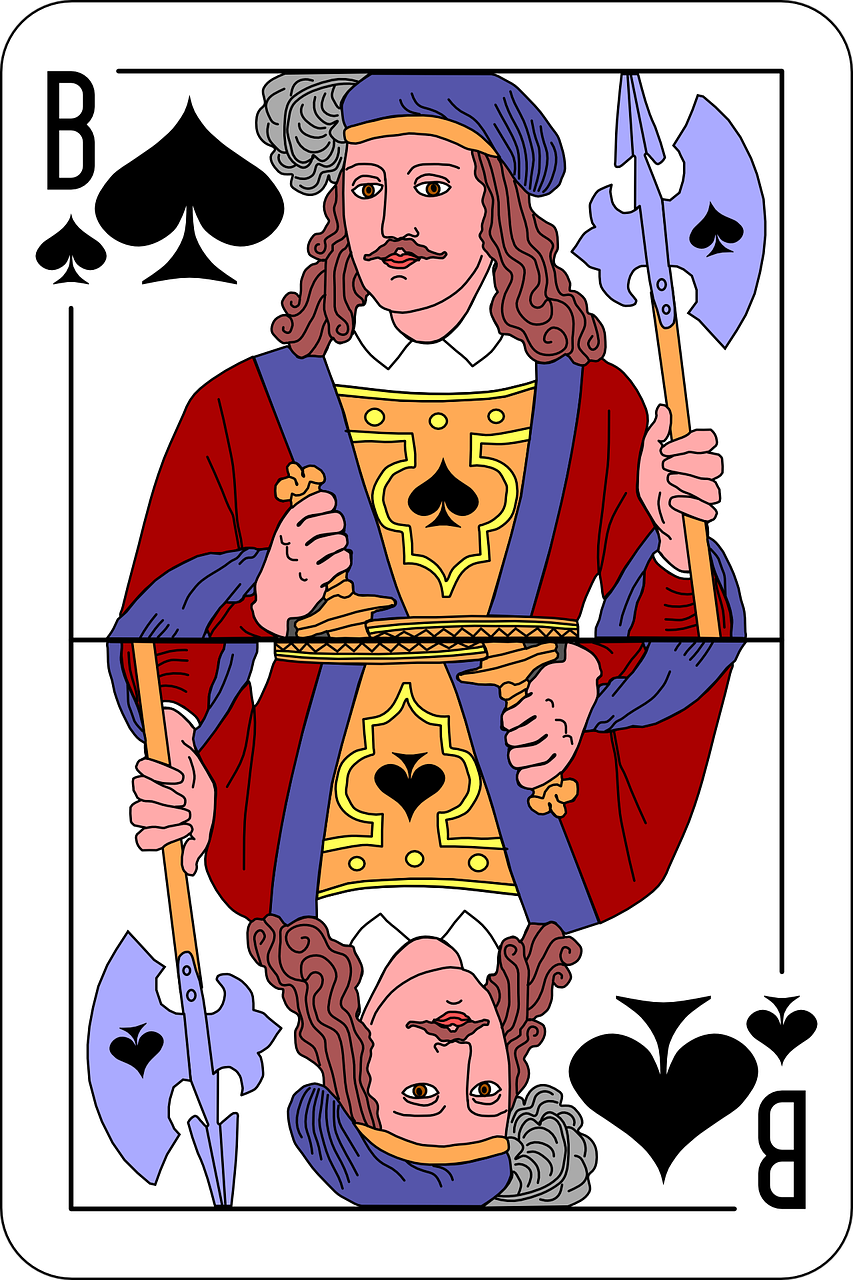Blackjack Chart: The Ultimate Guide to Mastering the Game

Introduction:
If you are a fan of casino games, then you must have heard of blackjack, one of the most popular card games worldwide. As an avid player, you may have come across the term “blackjack chart” and wondered what it means and how it can improve your chances of winning. In this comprehensive guide, we will break down the concept of a blackjack chart, its importance in your gameplay, and its historical evolution over time.
I. Understanding the Blackjack Chart:

The blackjack chart, also known as a blackjack strategy chart or a cheat sheet, is a tool designed to assist players in making optimal decisions during a game of blackjack. It presents players with the best possible moves based on their hand value and the dealer’s upcard. By following the recommendations on the chart, players can minimize their losses and maximize their chances of winning.
Key points to know:
– The blackjack chart consists of a grid featuring rows of possible player hand values and columns representing the dealer’s upcards.
– The cells within the chart contain the best move to make for each combination of player hand and dealer’s upcard.
– The moves recommended in the chart are based on mathematical calculations and probabilities, offering players the highest expected return.
II. Evolution of the Blackjack Chart:
The development of the blackjack chart traces back to the early 1960s when mathematics professor Edward O. Thorp pioneered the concept of card counting in blackjack. Thorp’s research and subsequent publication, “Beat the Dealer,” revolutionized the game and marked the beginning of the use of strategy charts in blackjack.
Historical milestones:
1. Edward O. Thorp’s Contribution:
– Thorp’s book introduced the basic strategy chart, consisting of a set of rules for the best possible moves in blackjack.
– This strategy chart was the result of rigorous mathematical calculations, taking into account the probabilities of various hand combinations.
2. Computer Simulations and Refinements:
– With the advancement of technology, computer simulations allowed for a more accurate analysis of blackjack strategies.
– These simulations enabled experts to fine-tune the basic strategy chart, making it even more effective and precise.
3. Chart Variations and Advancements:
– Over time, different variations of blackjack charts have emerged, catering to specific rule variations and playing conditions.
– Advanced charts, such as the composition-dependent strategy chart, consider the specific composition of the player’s hand for even more accurate recommendations.
III. Maximizing Your Wins with the Blackjack Chart:
1. Learn Basic Strategy:
– To effectively use the blackjack chart, it is crucial to familiarize yourself with the basic strategy.
– The basic strategy provides a solid foundation for making the right choices based on the chart’s recommendations.
2. Memorize the Chart:
– While it may seem daunting at first, memorizing the blackjack chart is essential for optimal gameplay.
– Practice regularly to internalize the chart and make split-second decisions during a game.
3. Adjust Based on Rule Variations:
– Keep in mind that different rule variations may require adjustments to the basic strategy chart.
– Be aware of factors like the number of decks in play, whether surrender is allowed, and the dealer’s rules regarding hitting or standing on soft 17.
Conclusion:
Mastering blackjack requires not only luck but also a deep understanding of the game’s strategies. By utilizing a blackjack chart, players can tilt the odds in their favor and make smarter decisions at the table. From its origins with Edward O. Thorp to its advancements through computer simulations, the blackjack chart remains a valuable tool for players seeking an edge in the casino. Equip yourself with the knowledge and skills provided by the chart, and experience a heightened level of play that maximizes your wins. Remember: the blackjack chart is your gateway to mastery in the game of blackjack.
References:
– [Cite reliable sources here]
– [Cite reliable sources here]





